An escape artist dog or a hound-ini is another kind of dog that is really stressful to care for.
Some dog breeds tend to be wanderers, and an intact dog or girls in heat can be problem too. Yet, some dogs are repeat offenders, and those dogs? Are just such huge responsibilities.
And I get that!
Whilst my coonhounds aren’t ‘escape artists’ anymore (per se), they’re lead by their nose, and if an opportunity presents itself both of them will just go for a wander on their own, and one of those times? They didn’t come home for 6 days… Yeah. I feel you!
This of course is a problem if you have a serious escape artists in your home, busy roads or busy streets, or you’ve been contacted by your local animal control agency, and we really want to avoid those tragic consequences.
So I want to give you some tips as a trainer, and as a coonhound mum! It’s a serious problem, but I can absolutely help you find some solutions.
My Set Up;
Our fence is 5ft welded wire, dug in 6 inches, with 8ft fence post dug 3ft into the ground every 6 to 8 foot. This means that our coonhounds are highly unlikely to get out, and our weakest point is likely our gates which do have an 8 inch clearance from the ground, which I’m sure my sneaky Lucy hound could squeeze through that if she really wanted to. We couldn’t opt for a wooden fence because of the local property laws. As wire fences go, the welded wire works nicely for us, because it’s actually not got sharp edges (I totally expected it to when my husband suggested it!)
We have our entire property encased by a fence, so even if things do go wrong, there is an automatic airlock.
I’ve trained their recall as good as a coonhound gets, they wear their collars 24/7, and they’ve always got ID tags and GPS trackers on them.
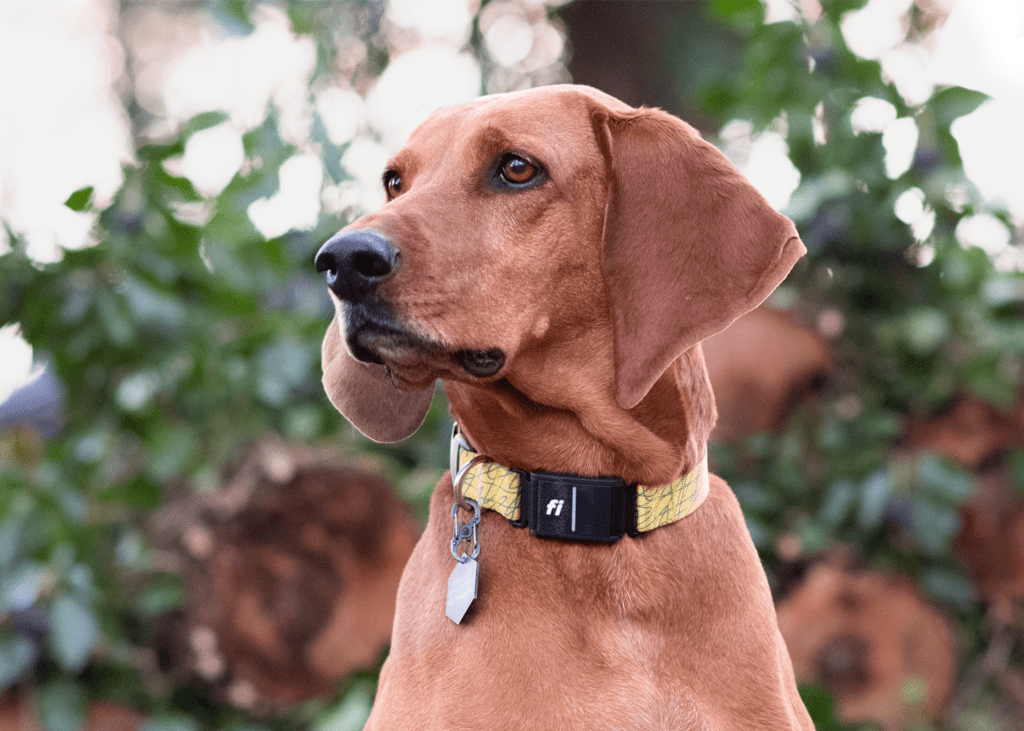
For Safety;
The first place we need to explore, is safety. We want to make sure that you’re set up for if your dog does get out.
Always Wear A Collar
Wearing a collar isn’t something all dogs should do. But, in the case of an escape artist, I would absolutely recommend wearing one pretty much all the time. Because unfortunately, escape artist dogs don’t think “Oh, I guess I’d better not leave, I don’t have my collar on” — no, that’s just silly!! So, keeping that collar on is important just in case.
Keep Your ID Tag Up To Date
If you change your phone number, your partner leaves, or you move, then you want to make sure that the dog tag they are wearing is up to date and has appropriate info on it.
Keep Your dog’s Microchip up to date
If your dog slips their collar, or slips out without it, having your dog microchipped and keeping that chip up to date? Is super important. It’s the ultimate, ultimate back up.
A Physical fence is usually best
I’m always going to advocate for a physical fence over an invisible or underground fence, because we never want our dogs to associate punishment with the fence line, because if they do, and (say) their natural drive makes them chase a deer through your fence — it will prevent your dog from coming back in.
The worst that can happen to a physical fence? Is something breaks it. So, I would always encourage you keeping some spare fencing around too, just in case. We’ve had trees fall on it, and deer bust through it and allow successful escape.

Get A GPS Tracker With A GeoFence
This particularly gives me peace of mind. I’ve been testing GPS trackers because of my hounds (silly, huh?), but having a well charged tracker that allows for geofencing. Because that geofence? Is essentially a satellite boundary that alerts you as soon as the device leaves that zone, you get a message or an alert saying that your dog is no longer in the zone.
This gives you the power to act quick.
Some of these will even allow you to add your dog walker so that you can have back up too!
Satisfy their needs
Make sure they get enough exercise, provide sufficient mental stimulation, and meet the needs of their prey drive, or predatory motor pattern. If you have a particularly active type of dog this can be a big reason for roaming, as can a high prey drive! So giving them properly suited enrichment is a wonderful idea, after all a mentally and physically tired dog is much less likely to leave.
Train A Solid Recall
This might be a super basic thing, but when your dog gets out, then having a recall for them? Is a phenomenal back up plan…
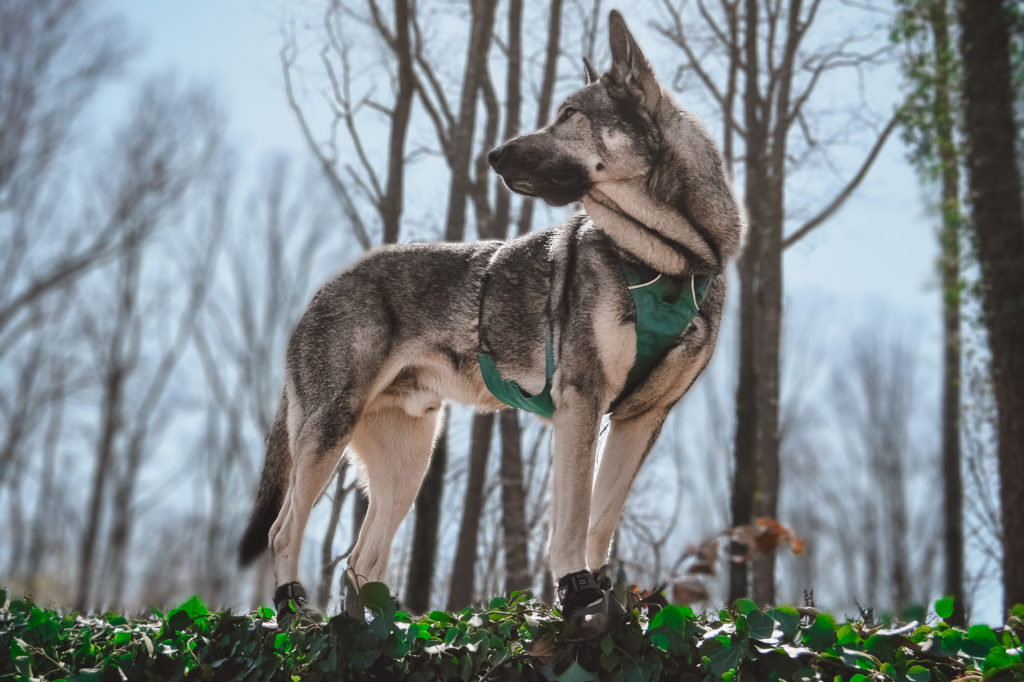
If your dog slips their harness….
Opt For An Escape-Proof Harness
The best way to sort this problem, is to pick a harness with a tummy strap. These harnesses (on a dog who is properly in shape) will mean that pulling out of them will be tough, because the tummy strap is usually a lot smaller than what will go over the bulk of their rib cage, making it virtually inescapable.
You can also couple this with a long line if you want to give a little more freedom but don’t totally trust their recall.
Go check out the Best Escape Proof Dog Harnesses – According To A Pro Trainer
Include A Safety Strap.
A safety strap and a collar is one of the best ways to keep your dog safe if they do slip their harness, and there’s zero shame in being extra cautious for a small piece of plastic…
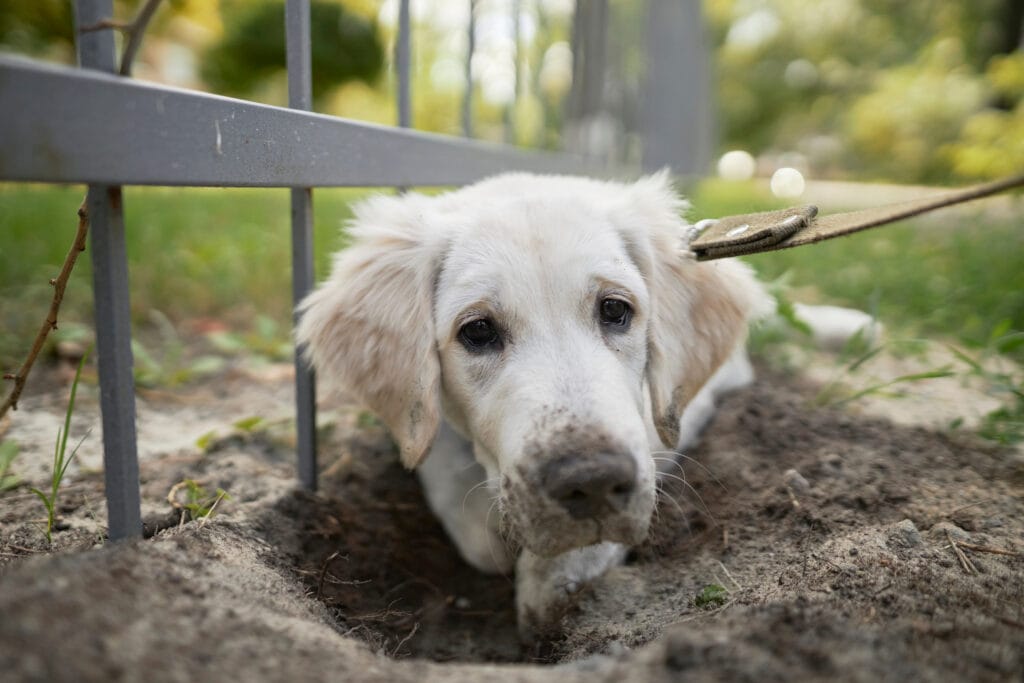
If your dog Digs under the fence…
Large rocks or Pavers
Putting a number of large rocks or pavers around the edge of the property and at the bottom of the fence means that your dog is going to struggle to find dirt!
Dig the fence in.
This is what we did, just enough to dissuade. Luckily our hounds are pretty easily put off their determination, and unless there’s a mousey right under the fence? They’re not that dig-y, so this is plenty to put them off. But depending on how determined your dog is, will depend on how much you need to dig down.
Lay chain-link or chicken wire in front of the fence.
If your dog tends to dig their way out from the fence, attaching a little chicken wire or chainlink to the bottom of the fence and then burying it just under the surface of your grass or flower bed (haha, it’s almost like you don’t have a dog with me saying that!), then your escape artist woof will struggle to dig through that, or far enough under it to get through it, which will hopefully be enough to deter them.
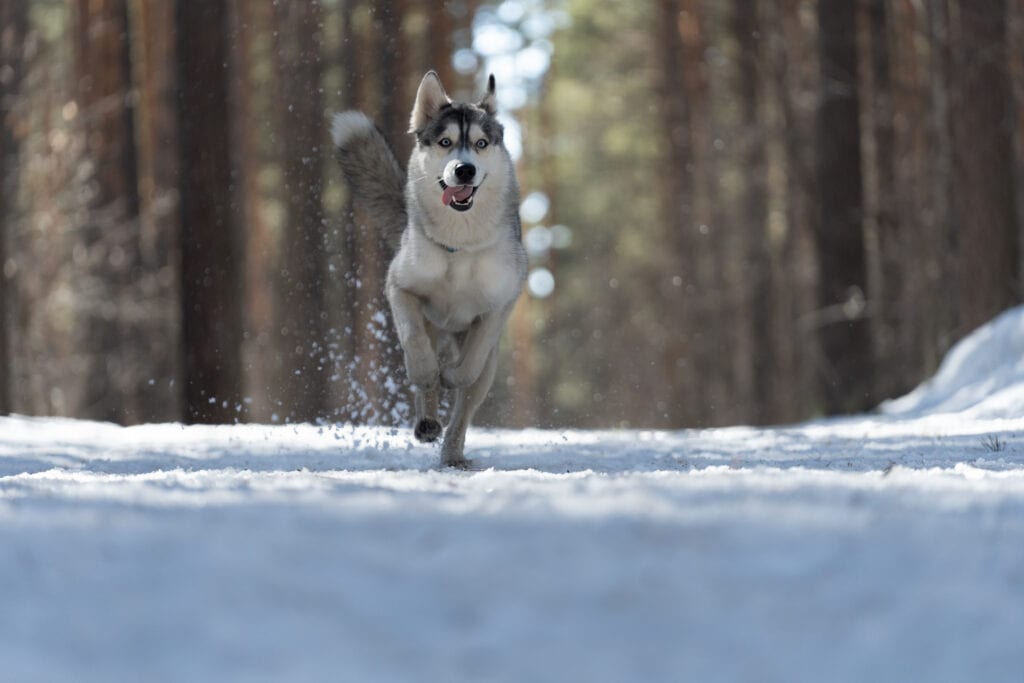
If your dog scales the fence
You can make it higher,
Sounds simple, but you absolutely can just add some fence to the top of your existing fence and make it higher. Increasing that height can be the difference in your dog climbing that fence and dissuading your dog from climbing it.
Patch the holes
This may sound dumb, but, seriously. Close off the holes in your fence to close any escape route.
Or opt for Coyote rollers
I’m not a big fan of these, because they can be painful for your dog, but placing these on top of your fence can prevent your four-legged family members (or three, no prejudice!) from getting purchase on the top of the fence and pulling themselves over. Coyote rollers are a super easy system to install to an existing fence and will just stop your dog (or cat, actually) from leaving your yard that way.
For Door Dashers…
Opt for a baby gate
Creating a secondary barrier behind which your dog stays whilst you go to the door is a really nice way of managing these issues.
Try Fabric Rolling Gates Accross Your Main Entrance Door
Your front door is probably used more in this day and age than it ever has been with amazon delivering as much as they do! So,
Opt for ‘air locks’
Keeping your dog behind a second door, or introducing a garden gate will create a double gated system, or an airlock!
Train a Place
A place or a bed cue is invaluable in life with a dog, honestly, I use it for all sorts of things from getting my dogs our of my hair when I’m putting away shopping to managing them when around my home. And this is no different when you’re training for door dashing either. If you use a bed cue they run through a door, and you close that door, thus preventing them from leaving the door whilst you sign for a parcel? That’s your winner right there.
Use a leash
If you’re worried? Keep a leash by the door! I’m serious. Sometimes the simplest solution is the best one. Clip it straight to your dogs properly fitted collar and hold them to prevent them from running through the door. Sure, you might want to make this a part of a larger strategy, but it definitely helps in the short term.
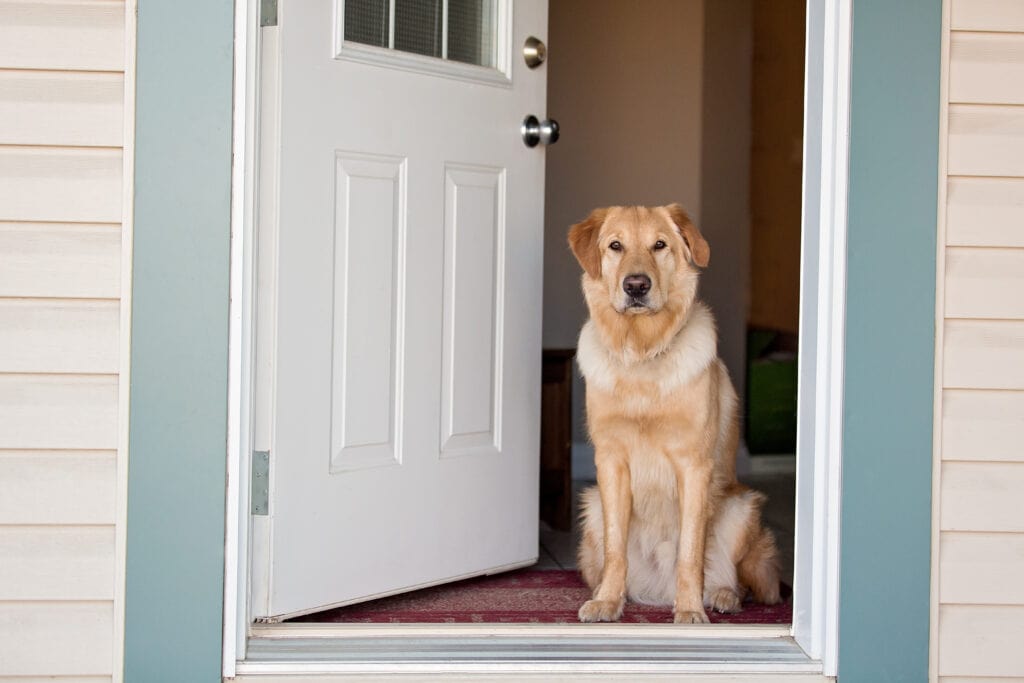
Train for Door Dashing
If you’re trying to prevent escape attempts, then training this aspect of their behavior is really important. This may just give them a pause. And this one’s a really easy win. Grab a leash, clip them on, ask for a sit, and open the door slowly, praise them whilst they’re sat, in slow calm tones. If them move, you close the door.
Practice makes perfect, but remember, there’s no need for pain!!
Use A Crate
This safe place is a really great way to prevent your dog from running out of a door, a quick “Crate!” cue, close the crate door and answer your front door solves your door dashing issues in and instant.
Invisibe Boundaries
Something I taught Indie in our old home was that he didn’t cross the living room to hallway threshold. This was done by the use of stay, and initially with some painters tape to create a gentle but physical barrier. Now, this may not be advisable with, a more impulsive dog, or it just may take longer to teach. But they can be incredibly effective! Somehow – which is really interesting, Indie’s managed to transfer that invisible boundary with virtually no cue to our front gate – which is fantastic.
Don’t get me wrong, I don’t test it unecessarily, but it seems to be in place.
If They Struggle With Separation Anxiety….
Get A trainer
The help of a professional trainer is a wonderful option. Seperation anxiety involved proper behavior modification. Seperation anxiety comes from the fact that dogs form strong attachment, and then sometimes just don’t know how to be confident in the home alone. Growing that confidence can be immensely complex! So get a behaviourist or a specialist.
Try Anti-anxiety medication
Medication can help bridge you through problematic things, or events you know are risky, like fireworks, where the loud noises might encourage your dog to run. But not just that, they can help with separation anxiety, but please ensure that you do this with a vet and/or a behaviourist.
Do Not Just Crate Them
One of the worst pieces of advice I see given about separation anxiety is “Just crate him/her” but it’s just the most difficult thing to reason, because separation anxiety is essentially panic. Why would closing up a panicking dog be a good thing?
If your dog is struggling with separation anxiety and busting out of crates, the solution is not to just increase the strength of the crate. please address the root cause and not the symptom!
Use A Combination Of These Methods As Appropriate!
A lot of the time our escape artists are massively different, so combining these will help with your escaping problem. It can be super stressful, but I know for a fact that you can work on your escape artist dog and put in procedures that will help you through.
Lastly! Make sure everyone in your home is on the same page. Seriously!
If you want some help with your escape artist dog, then why not see if I can help? Get in touch.

Author, Ali Smith
Ali Smith is a professional, qualified, and multi-award winning trainer is the founder of rebarkable. She has always believed animals deserve kindness and champions force free methods. Believing that dog guardians will all choose the kindest options if proper information is provided, she aims to help all dog guardians who need it and make dog training as accessible as possible
Ali lives win Maryland, US with her husband and her three dogs.

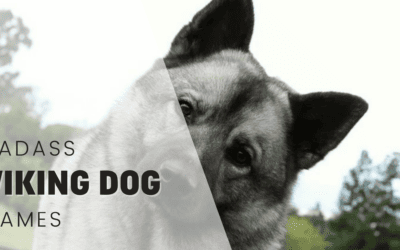

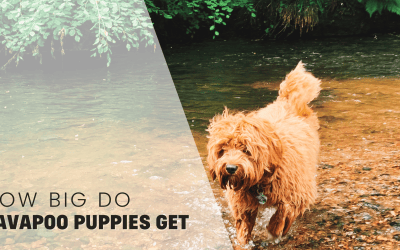

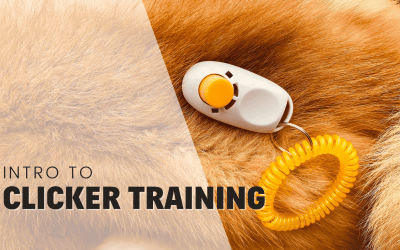
0 Comments